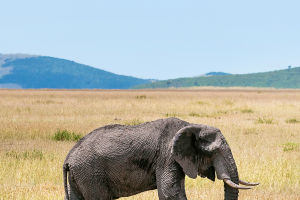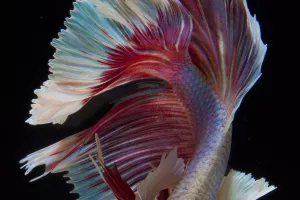Penguins, known as the "boat of the sea", are one of the oldest swimming birds. They may have settled in the Antarctic before the earth had Ice Armor. There are 18 species of penguins in the world, most of which are distributed and live in the southern hemisphere.
Penguins can live and breed in a cold climate. On land, they look like western gentlemen in tuxedos. When they walk, they shake and swing. When they encounter danger, they fall and climb in confusion. But in the water, the penguin's short wings become a pair of powerful "paddles", and the swimming speed can reach 25-30 kilometers per hour. You can swim 160 kilometers a day. It mainly feeds on krill, squid, and small fish.
In 1488, Portuguese sailors first discovered penguins near the Cape of good hope in southern Africa. But it was the historian Pegafita who first recorded penguins. In 1520, he took the Magellan fleet and met a large group of penguins on the Patagonian coast. At that time, they called them unknown geese. Most of the early penguin species described by people are those living in the southern temperate zone.
In 1887, Munzber put forward a theory that penguins may have evolved from reptiles independently of other birds. Penguins' fins and wings are not formed by the variation of birds' wings, but by the direct evolution of reptilian forelimbs. Penguins have never experienced the flight stage. Later, scientists found a penguin like animal fossil in Antarctica. It is about 1m high and weighs 9kg. It has the characteristics of amphibians. This finding seems to confirm Munzber's conjecture.
In 1981, a penguin like seabird fossil was discovered in Japan. Experts believe that this is a fossil of a primitive penguin that can't fly 30million years ago. Perhaps it is the prehistoric ancestor of modern penguins.


